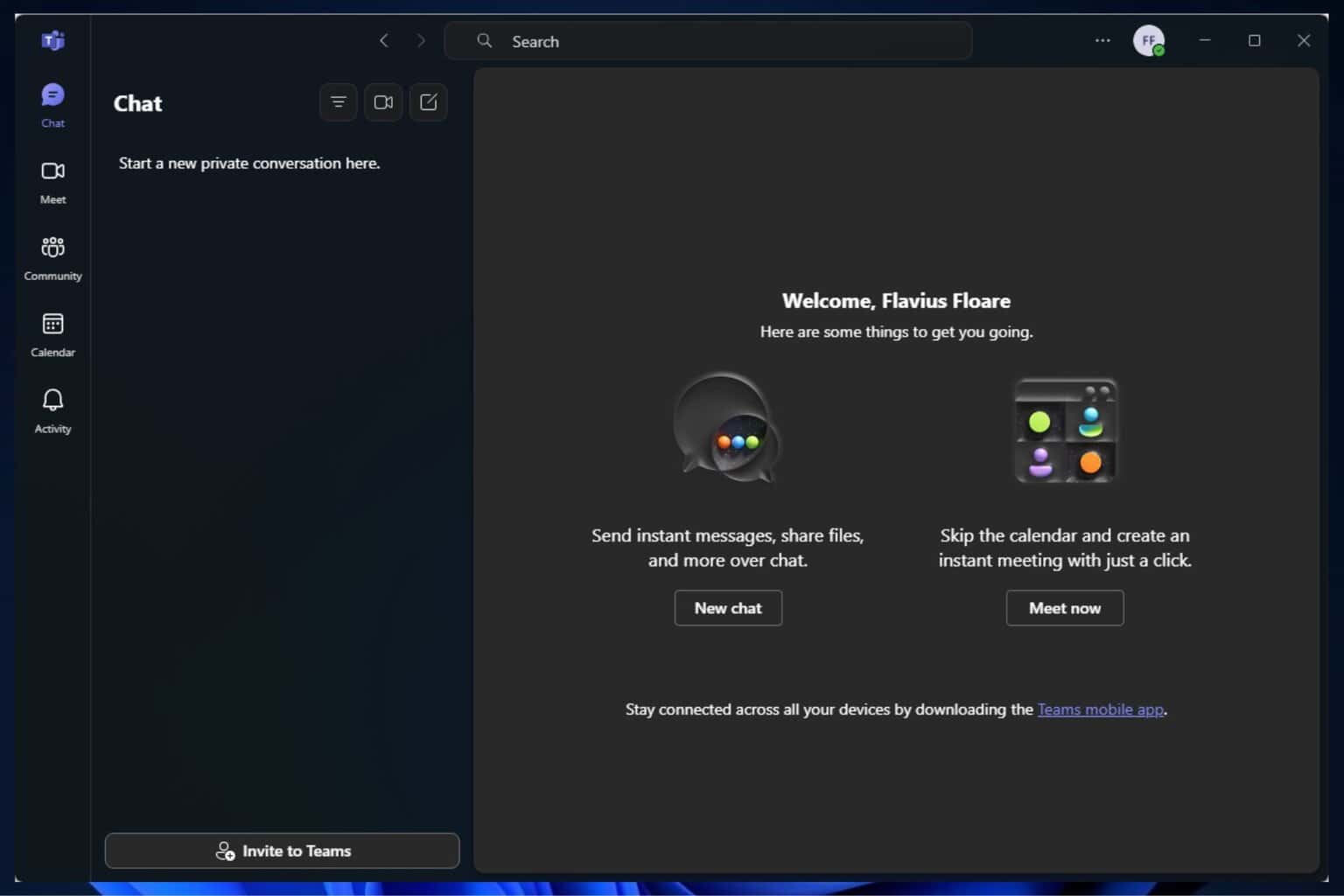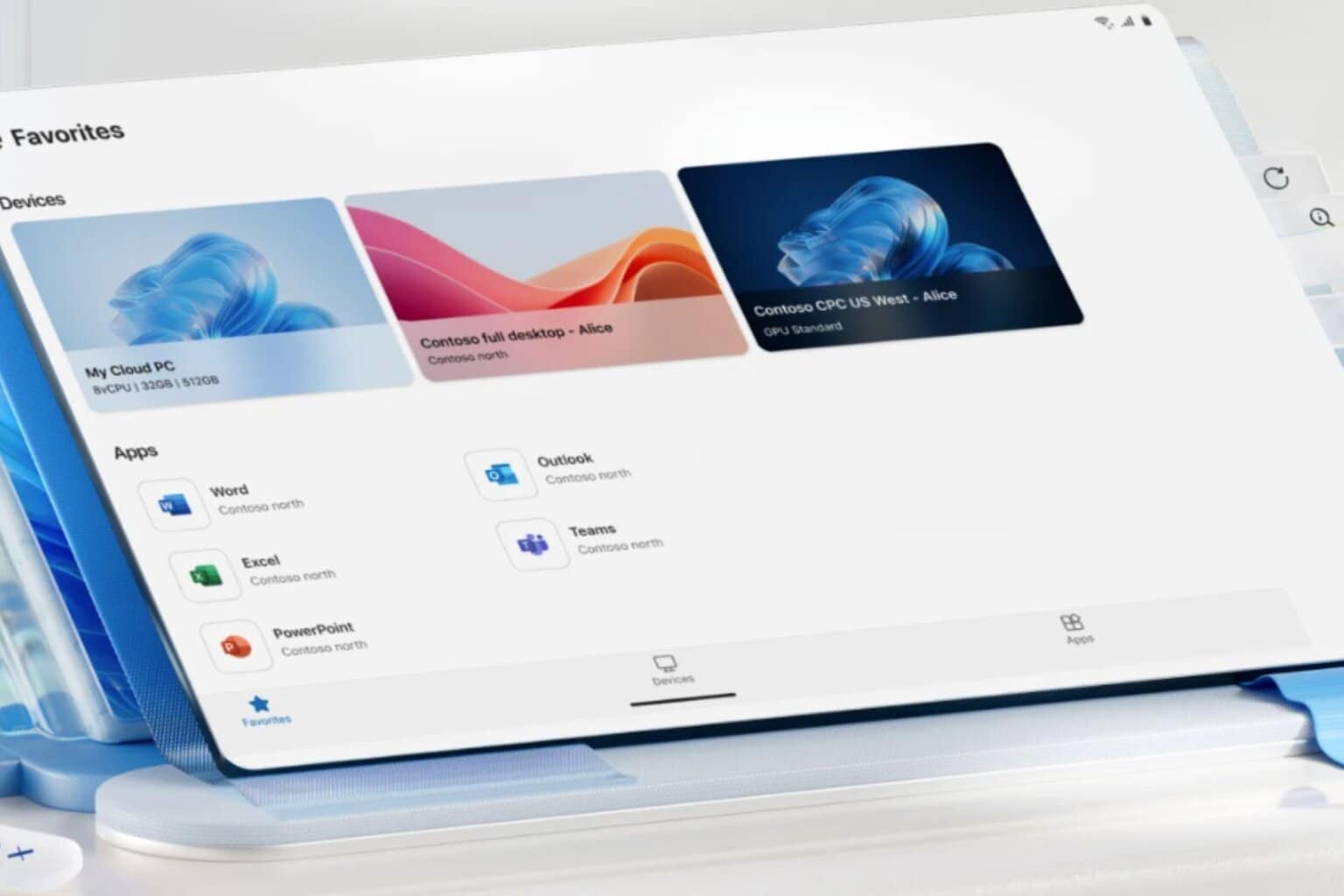Flash content to be blocked by Google in Chrome
2 min. read
Updated on
Read our disclosure page to find out how can you help Windows Report sustain the editorial team. Read more

The Chrome 53 Beta was released on August 4th, a precursor to Google officially killing off Flash in September, following in the footsteps of Apple and Mozilla. This isn’t a huge surprise with Flash no longer stable, and more and more companies ditching it in favor of HTML5.
“Today, more than 90% of the Flash on the web loads behind the scenes to support things like page analytics. This kind of Flash slows you down, and starting this September, Chrome 53 will begin to block it. HTML5 is much lighter and faster, and publishers are switching over to speed up page loading and save you more battery life. You’ll see an improvement in responsiveness and efficiency for many sites.”
The decision to adopt HTML5 will make Chrome 53 more secure, with users enjoying more battery life from their devices. Flash used to be one of the most important pieces of software in the past, but started suffering from the many security holes hackers used to compromise targeted devices.
Both the WHATWG and World Wide Web Consortium took advantage of this situation and developed HTML5, releasing it on October 2014. The software is easy to read by users and consistently understood by computers, it improved the language with support for the latest multimedia and, at the same time, is the perfect candidate for cross-platform mobile applications.
Google added that “In December, Chrome 55 will make HTML5 the default experience, except for sites which only support Flash. For those, you’ll be prompted to enable Flash when you first visit the site.”
Adobe is desperately trying to extend the life of its Flash player but its days are numbered — no matter how many new updates will continue to release.
RELATED STORIES TO CHECK OUT:









User forum
0 messages